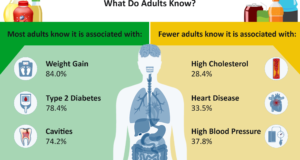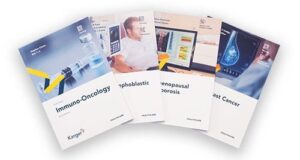“In the beginning, everyone thought they were going to find this one breakthrough pain drug that would replace opioids,” Gereau said. Increasingly, though, it’s looking like chronic pain, like cancer, could end up having a range of genetic and cellular drivers that vary both by condition and by the particular makeup of the person experiencing it. “What we’re learning is that pain is not just one thing,” Gereau added. “It’s a thousand different things, all called ‘pain.’”
For patients, too, the landscape of chronic pain is wildly varied. Some people endure a miserable year of low-back pain, only to have it vanish for no clear reason. Others aren’t so lucky. A friend of a friend spent five years with extreme pain in his arm and face after roughhousing with his son. He had to stop working, couldn’t drive, couldn’t even ride in a car without a neck brace. His doctors prescribed endless medications: the maximum dose of gabapentin, plus duloxetine and others. At one point, he admitted himself to a psychiatric ward, because his pain was so bad that he’d become suicidal. There, he met other people who also became suicidal after years of living with terrible pain day in and day out.
The thing that makes chronic pain so awful is that it’s chronic: a grinding distress that never ends. For those with extreme pain, that’s easy to understand. But even less severe cases can be miserable. A pain rating of 3 or 4 out of 10 sounds mild, but having it almost all the time is grueling — and limiting. Unlike a broken arm, which gets better, or tendinitis, which hurts mostly in response to overuse, chronic pain makes your whole world shrink. It’s harder to work, and to exercise, and even to do the many smaller things that make life rewarding and rich.
It’s also lonely. When my arms first went crazy, I could barely function. But even after the worst had passed, I saw friends rarely; I still couldn’t drive more than a few minutes, or sit comfortably in a chair, and I felt guilty inviting people over when there wasn’t anything to do. As Christin Veasley, director and co-founder of the Chronic Pain Research Alliance, puts it: “With acute pain, medications, if you take them, they get you over a hump, and you go on your way. What people don’t realize is that when you have chronic pain, even if you’re also taking meds, you rarely feel like you were before. At best, they can reduce your pain, but usually don’t eliminate it.”
A cruel Catch-22 around chronic pain is that it often leads to anxiety and depression, both of which can make pain worse. That’s partly because focusing on a thing can reinforce it, but also because emotional states have physical effects. Both anxiety and depression are known to increase inflammation, which can also worsen pain. As a result, pain management often includes cognitive behavioral therapy, meditation practice or other coping skills. But while those tools are vital, it’s notoriously hard to reprogram our reactions. Our minds and bodies have evolved both to anticipate pain and to remember it, making it hard not to worry. And because chronic pain is so uncomfortable and isolating, it’s also depressing.




